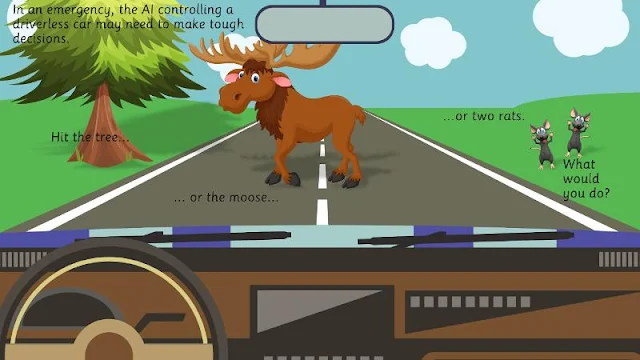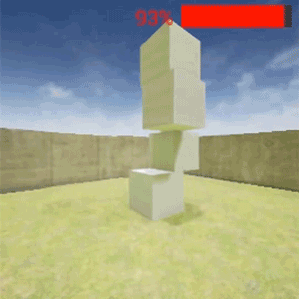Smart Screws are generally available in multiple places like on cranes, scaffolding, high-rise buildings, bridges, wind turbines, machines, etc. However, sometimes, wear & tear and temperature fluctuations or vibrations may lose one or more, which can face fatal repercussions. That's why you need to inspect regularly for safety-critical structures.
A research team from the Fraunhofer Cluster of Excellence Cognitive Internet Technologies CCIT has recently made a solution called "Smart Screw Connection." It comes with sensors and radio technology, enabling you to monitor the connections remotely.
What are Smart Screws?
The Smart screw is a type of screw used in wind turbines, machines, and bridges to keep them safe. Its sensors and radio technology help to monitor connections.
Features That Make Smart Screws Special:
Diaforce Thin Film:
The Smart connection is fitted with a washer with a piezoresistive DiaForce thin film. Pressure-sensitive sensors register the preload force at three points while it remains tightened. If any change occurs in the preload force, it can change the electrical resistance in the DiaForce® thin film.
What says Dr. Peter Spies?
He is the Group Manager of Integrated Energy Supplies and Project Manager at the Fraunhofer Institute for Integrated Circuits IIS. Dr. Peter explains that a change in resistance occurs if it comes loose, and then a radio module will know about it. After that, the radio module, available on its head, sends the data to a base station, and it gathers all details from all relevant to the object.
Reliable Data Transmission:
The Fraunhofer Institute for Surface Engineering and Thin Films IST created DiaForce® thin film. Fraunhofer IIS contributes to the mioty® low-power wide-area network (LPWAN) on radio technology. Besides, the technology helps to transfer small data packets over long distances. However, through the process, it takes minimal energy using only a base station from over 100,000 sensors.
Sometimes, the base station is available at the edge of a wind farm, several hundred meters or a few kilometers away. After that, a software program shows you the information for each one separately in a graphical overview. The status of the connection relies on the configuration and application and how they are transmitted permanently.
Why Is It Important?
He says that it becomes possible to notice the stability of safety-critical infrastructures for the first time with the help of a remote monitoring system. Besides, it enables you to check on each model, making it an essential asset for safety. He also adds that engineers don't need to be available on-site to check each one during a bridge or wind turbine inspection, and the service station will get all the data via radio.
People use the technology for different applications like flange connections in the industry, the bolts in steel girders in high-rise buildings, the load-bearing parts of bridges, or attaching rotors to wind turbines.
Researchers have given solutions to energy demand issues in a resource-efficient manner. The system follows the energy harvesting principle, and it uses heat or light to generate electricity. In this case, a thermoelectric generator creates electricity from the minute differences in temperature between its head and the environment. However, if you are willing, you can generate electricity through solar cells, and it becomes self-powered due to energy harvesting.
Protects from Hackers:
Fraunhofer researchers always give importance to the security factor. A shielded programming box contains each screw, the sensor unit, and the radio module during installation. Besides, it gets an ID from the box through the short-range RFID, its requirement profile, and an individual encryption key. It uses an encrypted radio link connected to the base station during data transmission.
He says that it is possible to stop criminals or hackers from sabotaging the system. Technical staff depends on the information. The project involves Fraunhofer IST, Fraunhofer IIS, the Fraunhofer Institute for Structural Durability and System Reliability LBF, and the Fraunhofer Institute for Applied and Integrated Security, AISEC. The Fraunhofer Cluster of Excellence Cognitive Internet Technologies CCIT runs the project.
Advantage of Smart Screws:
The technology decreases the need for daily inspections of large structures. For example, amusement parks usually have a team of experts who inspect towering roller coasters the ensure nothing comes loose. But the risk increases too much when it comes to bridges, and it is while you need the technology.
The Bottom Line:
Smart devices need energy or power for operation. No one wants to make a bridge with battery-powered screws. It is why researchers move to energy harvesting, mainly the thermoelectric effect. Smart Screws' technology helps to keep these vital structures safe.






















